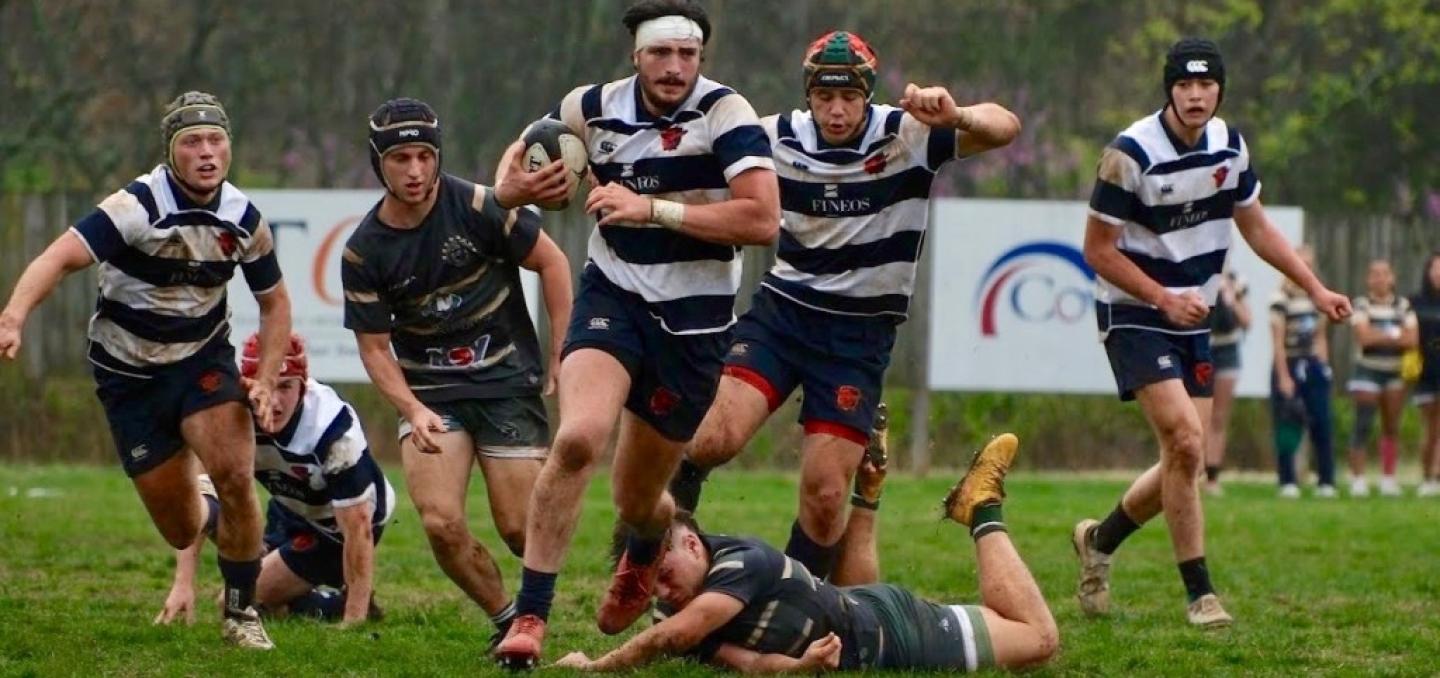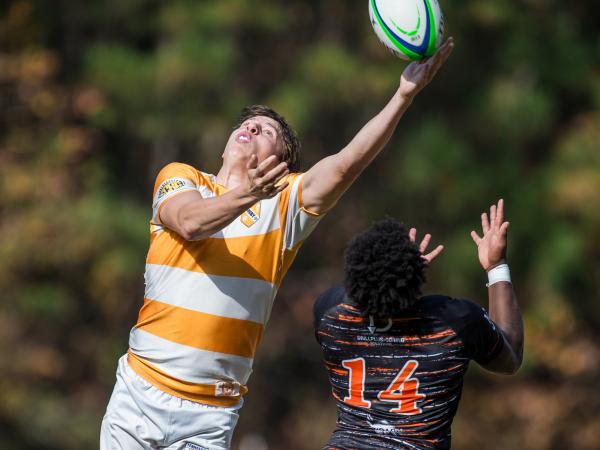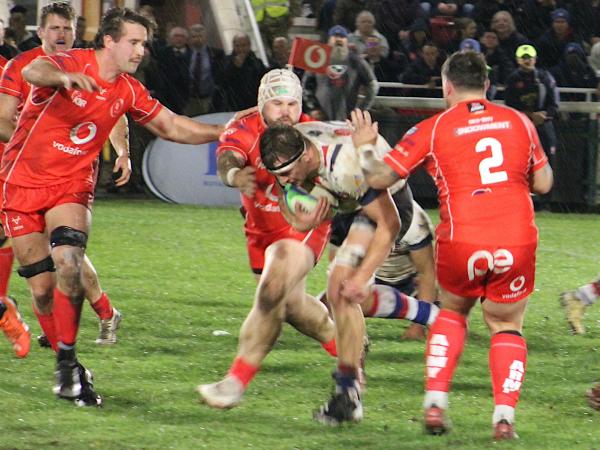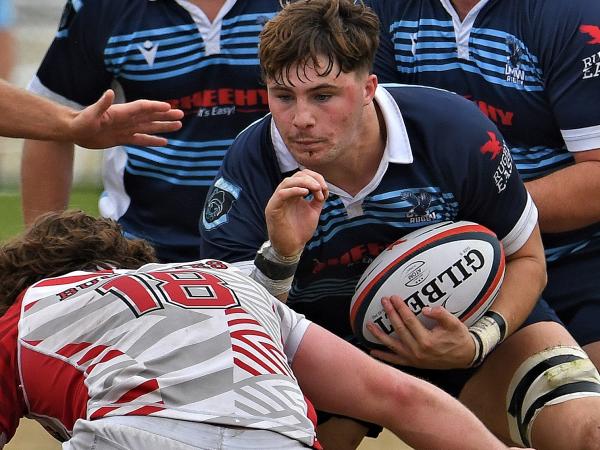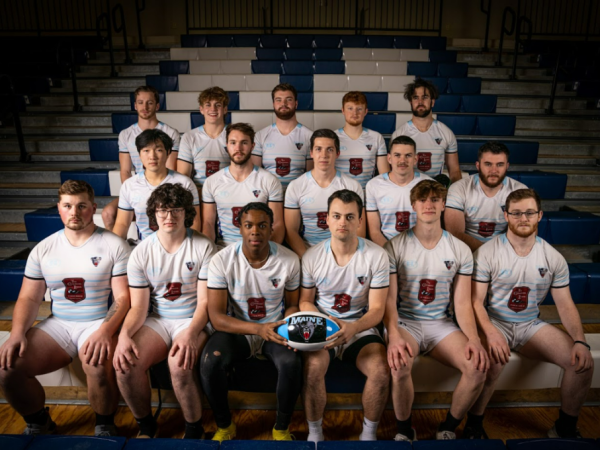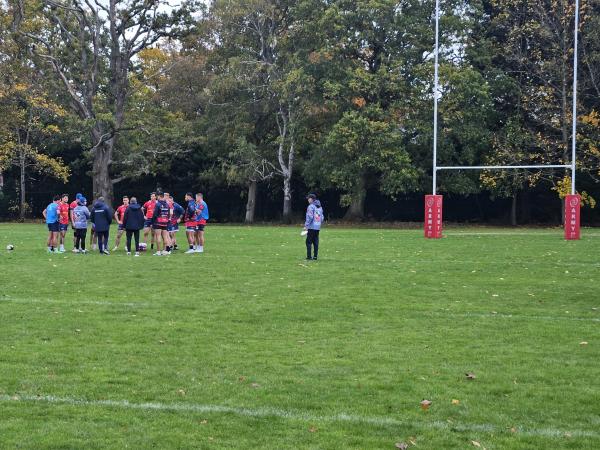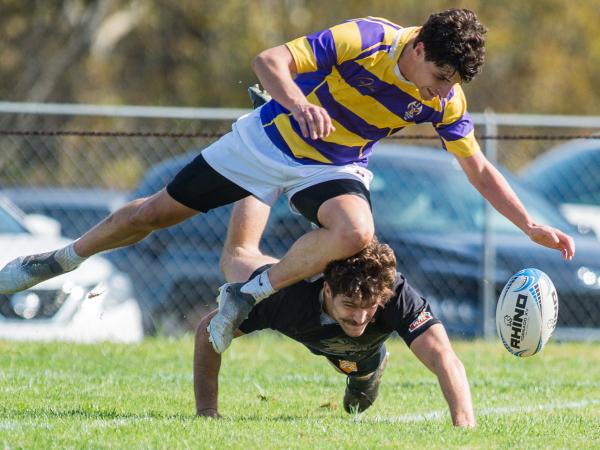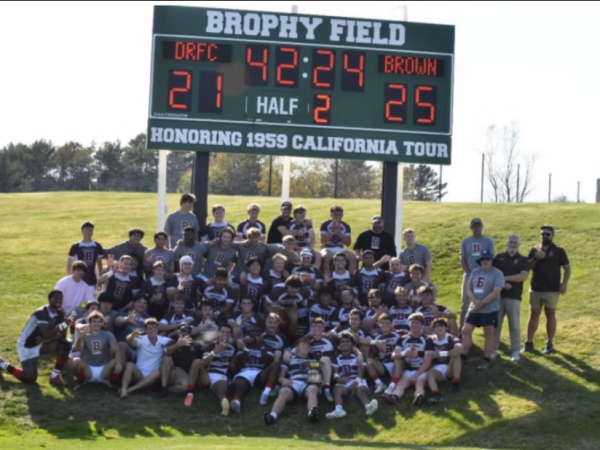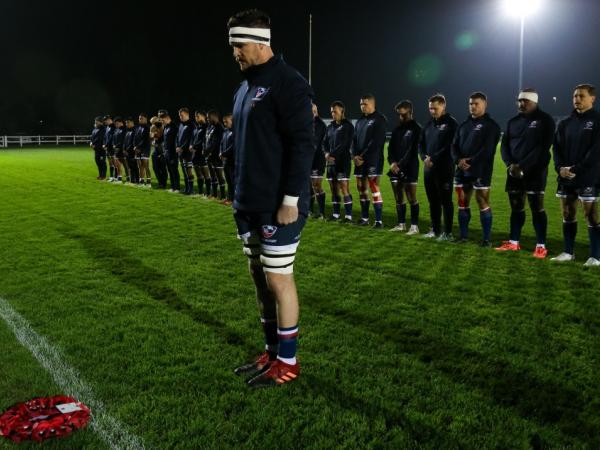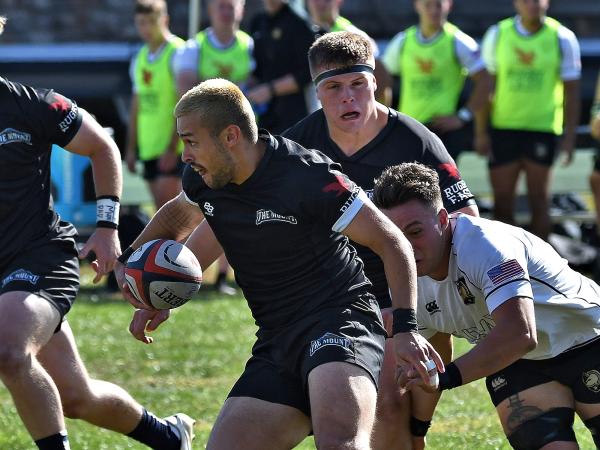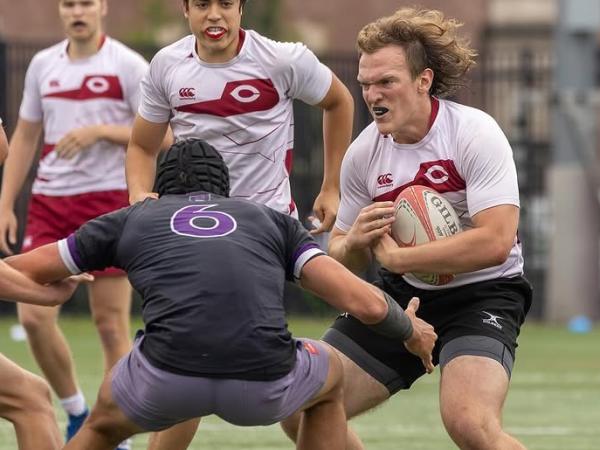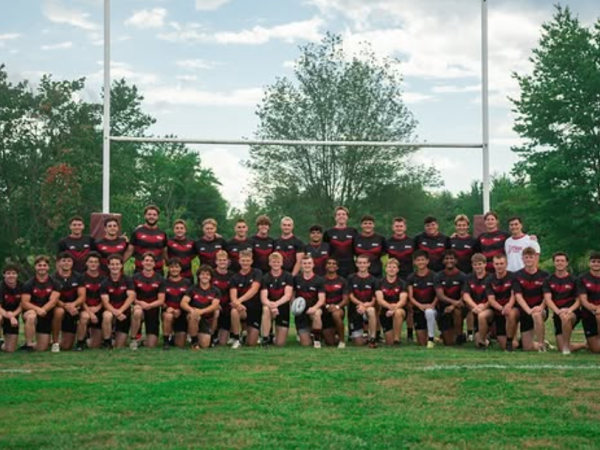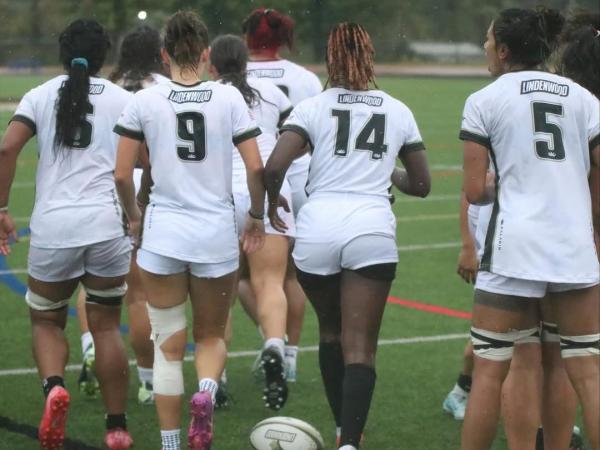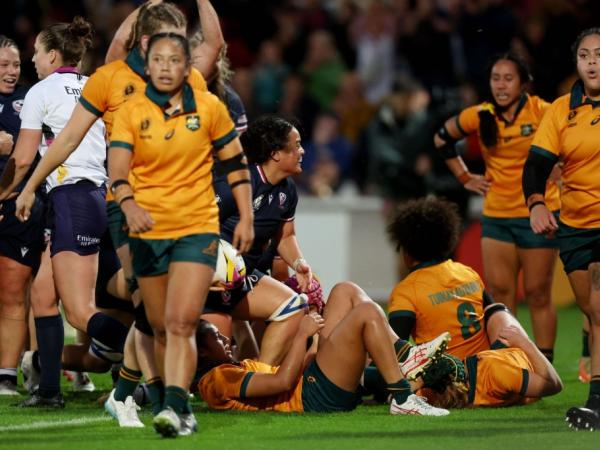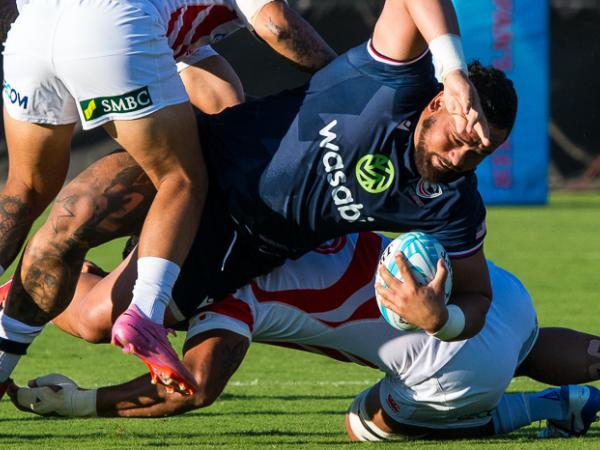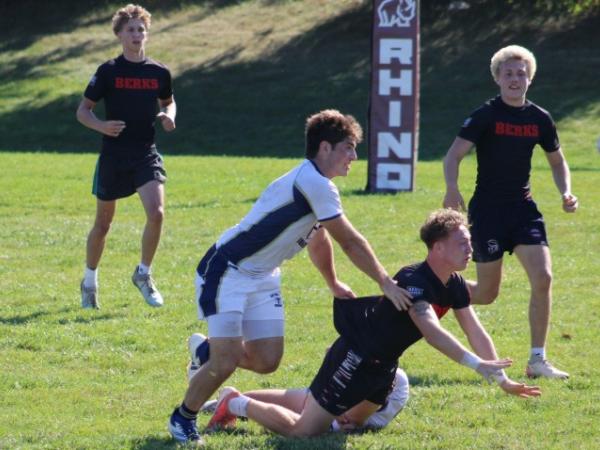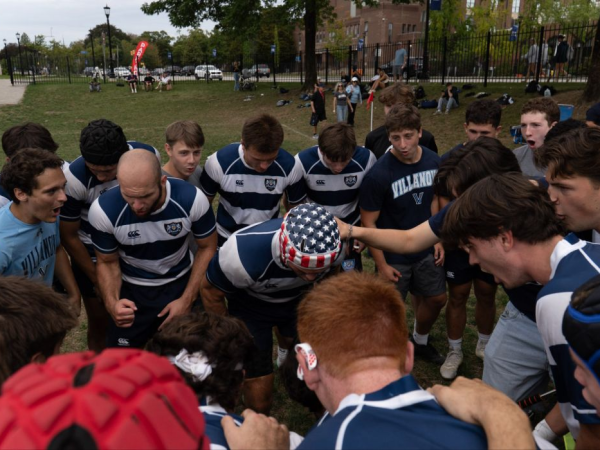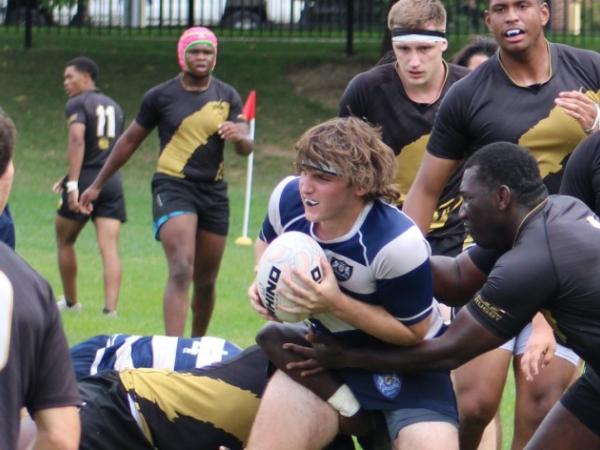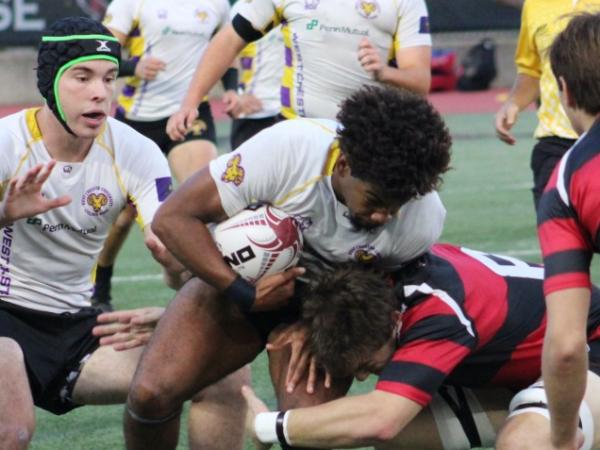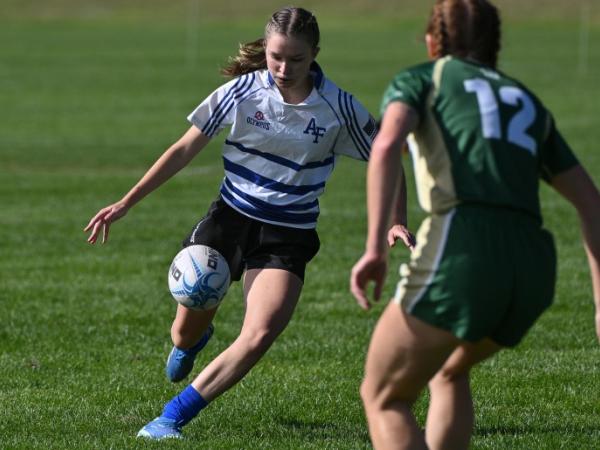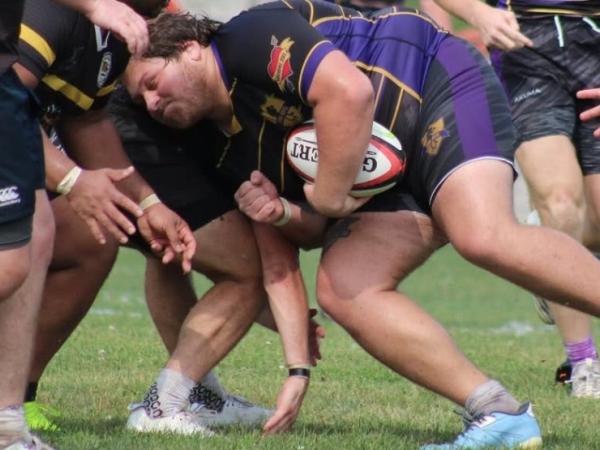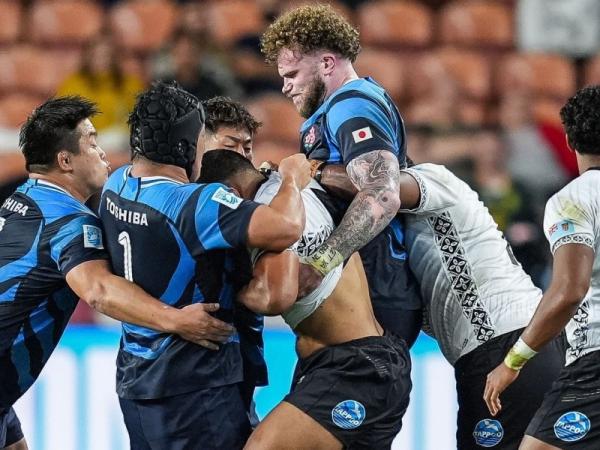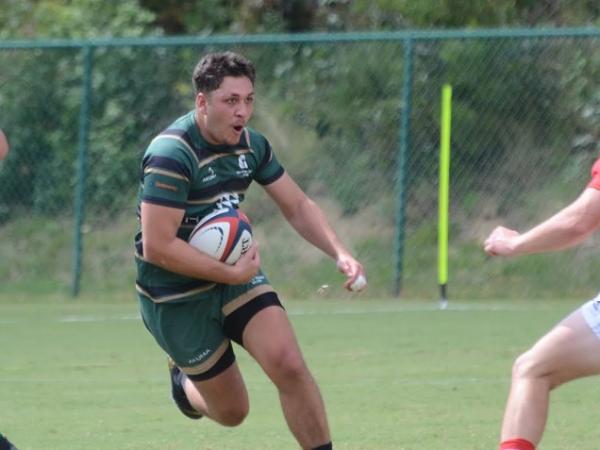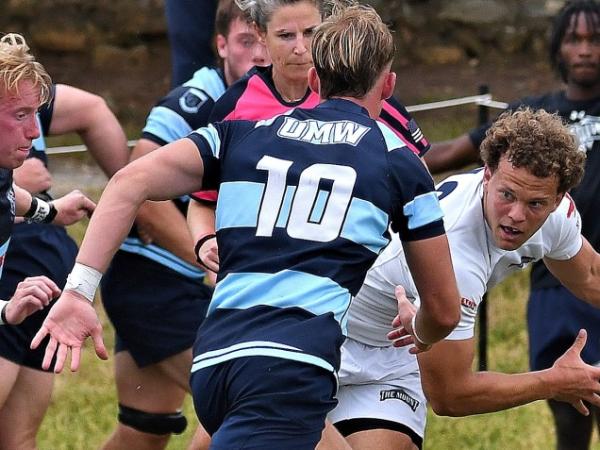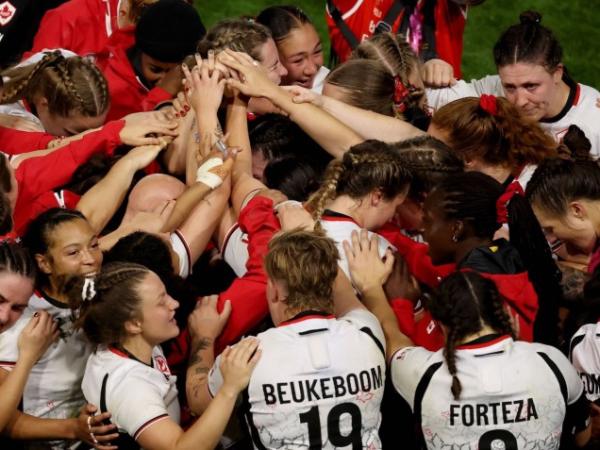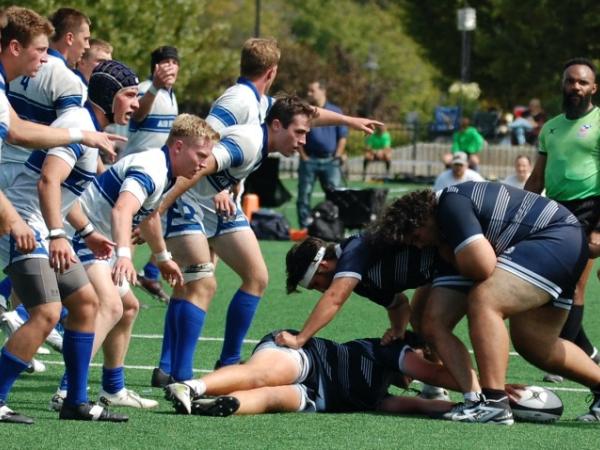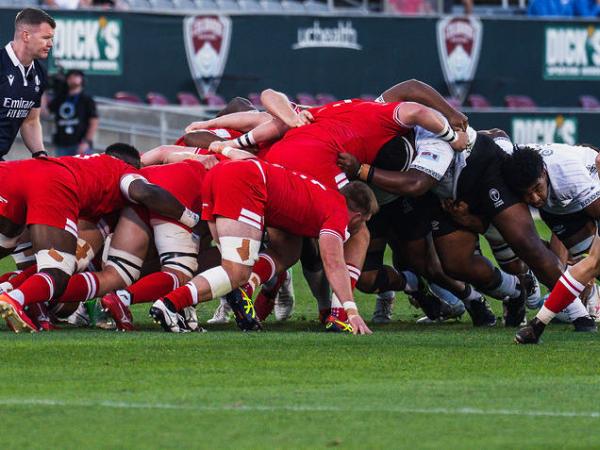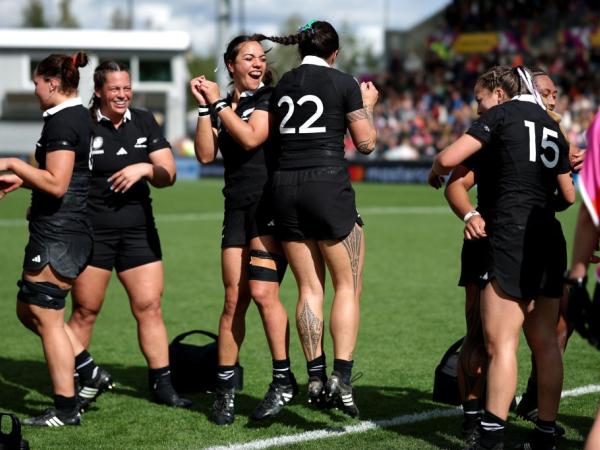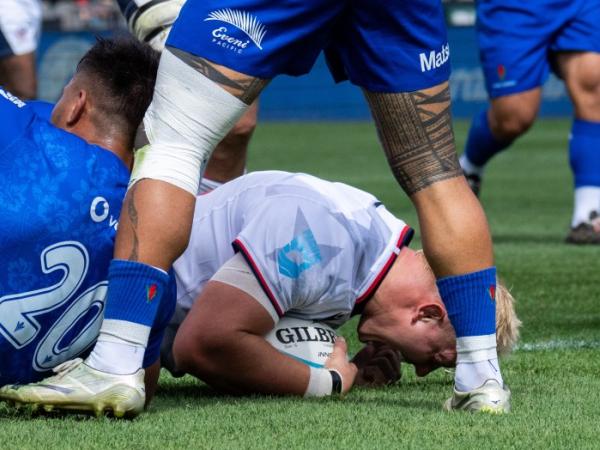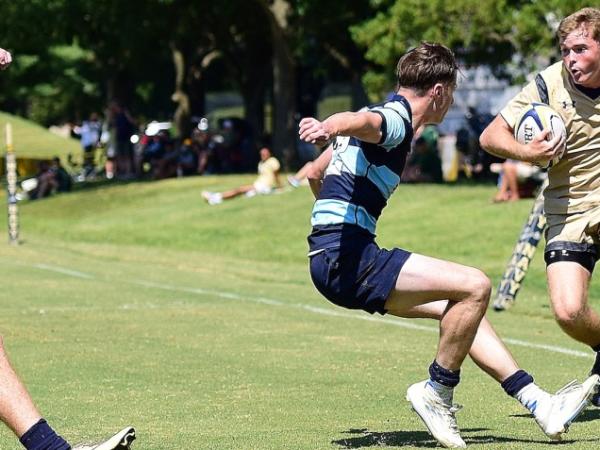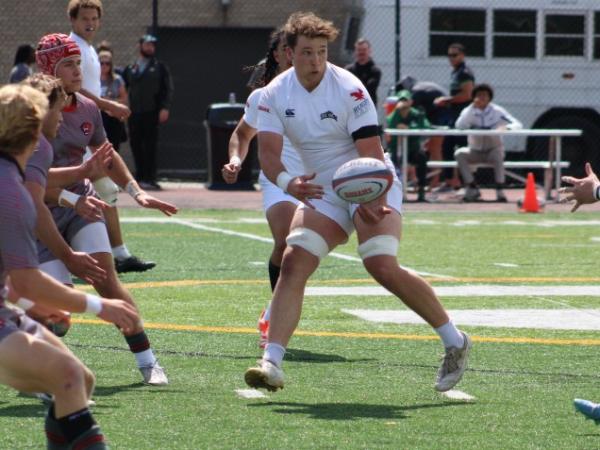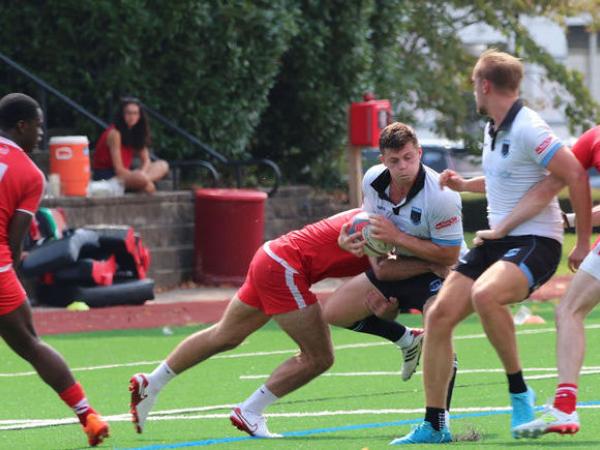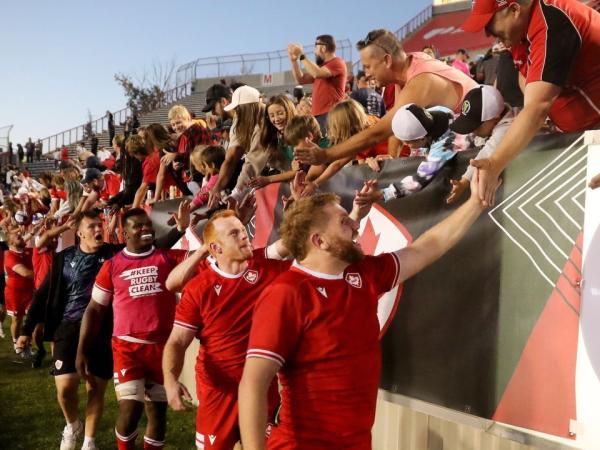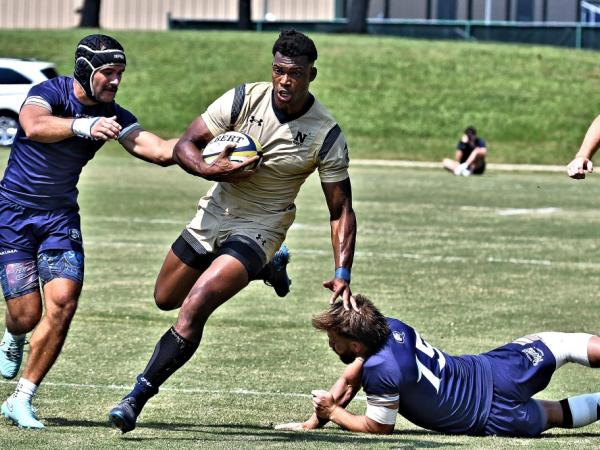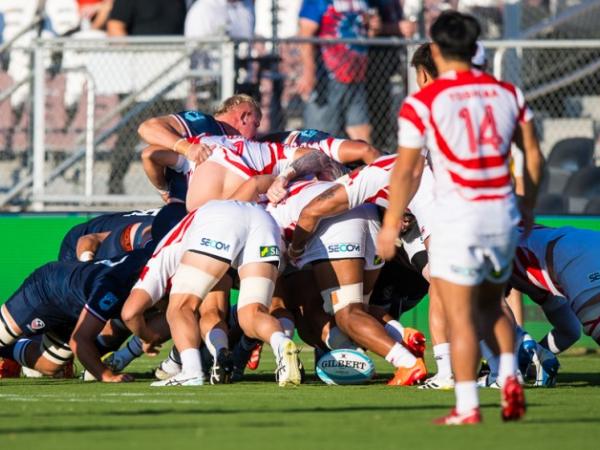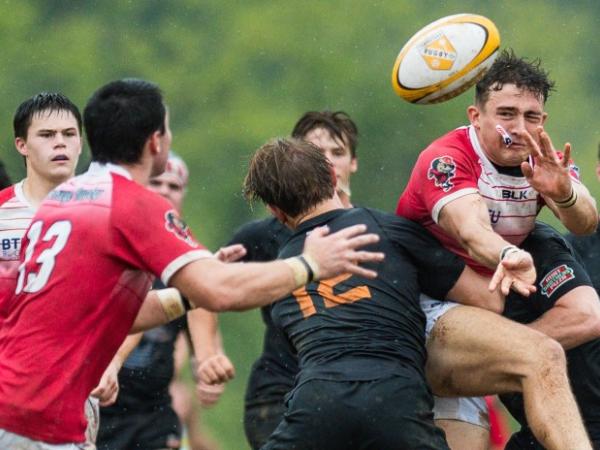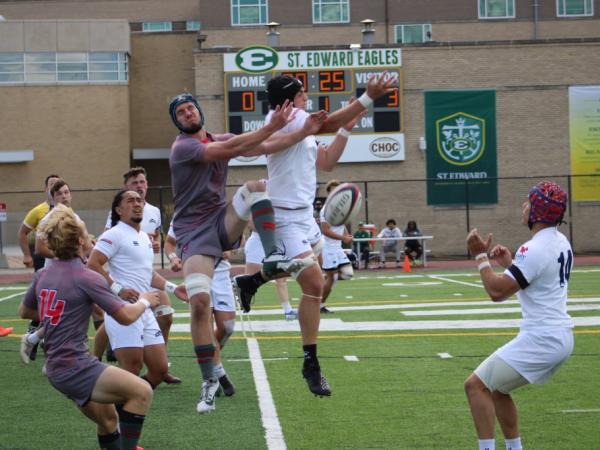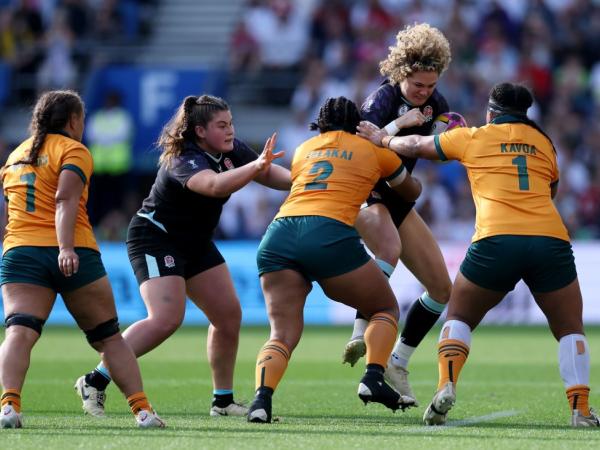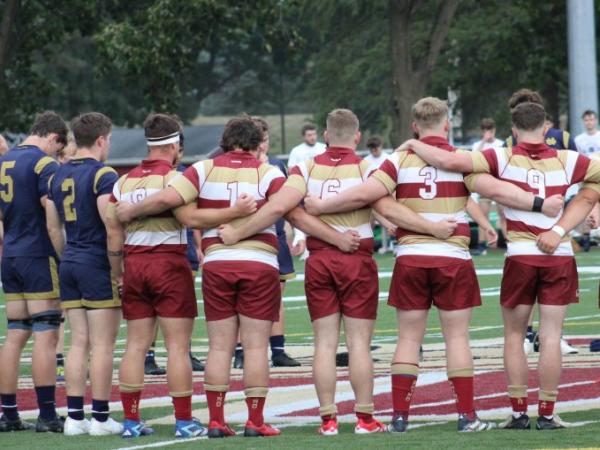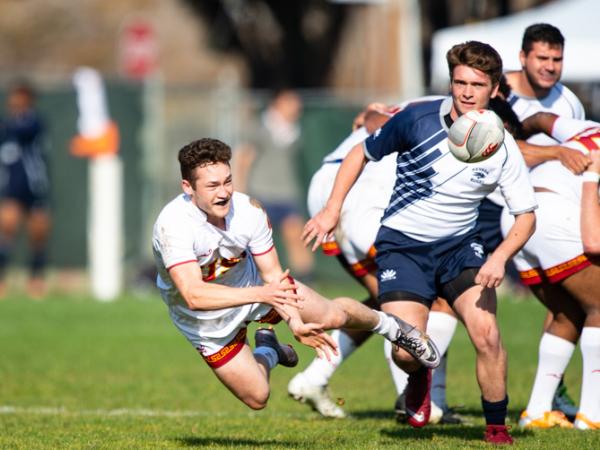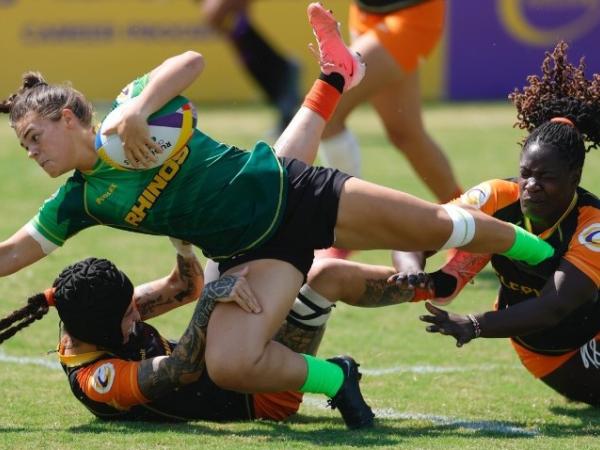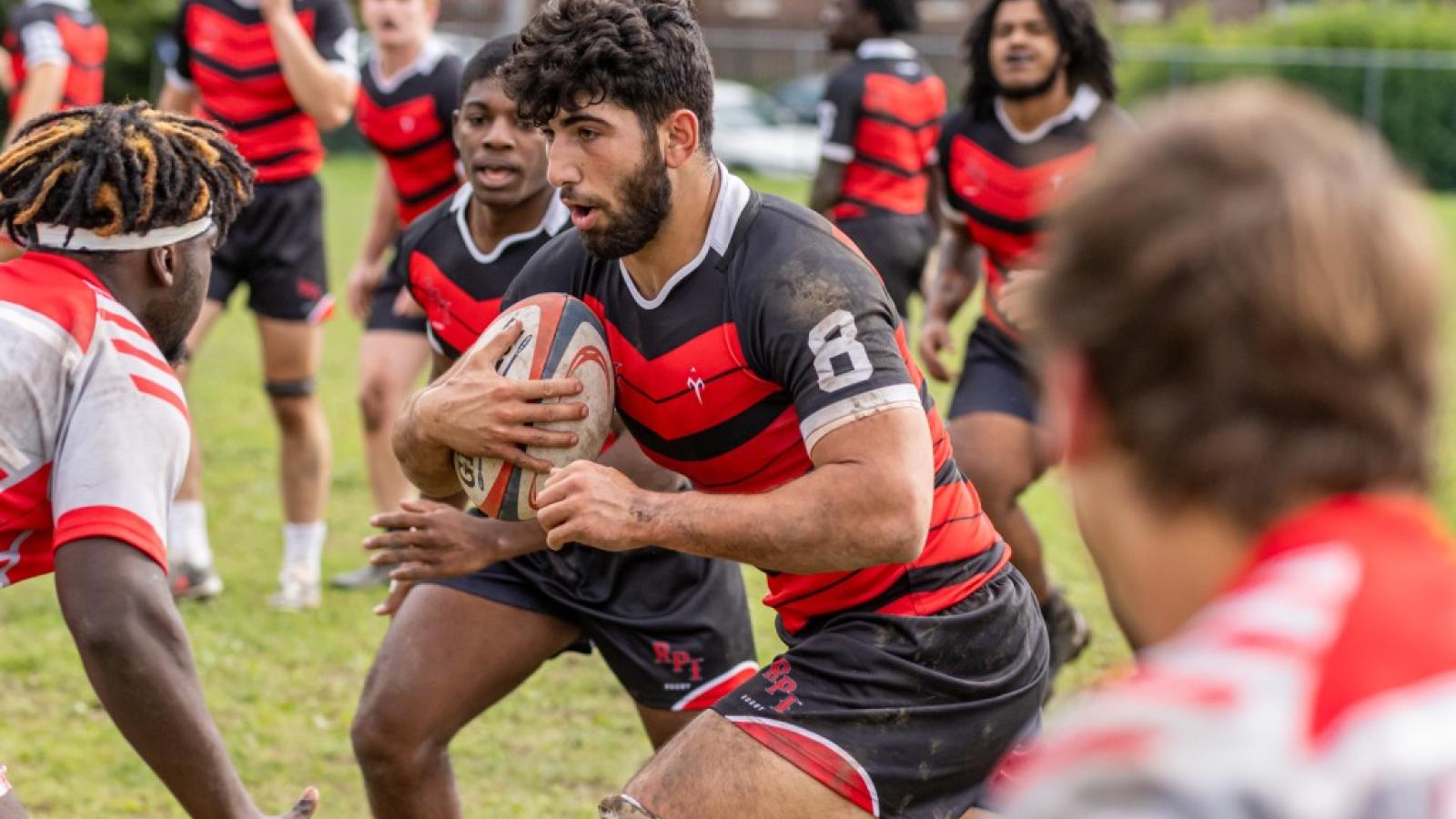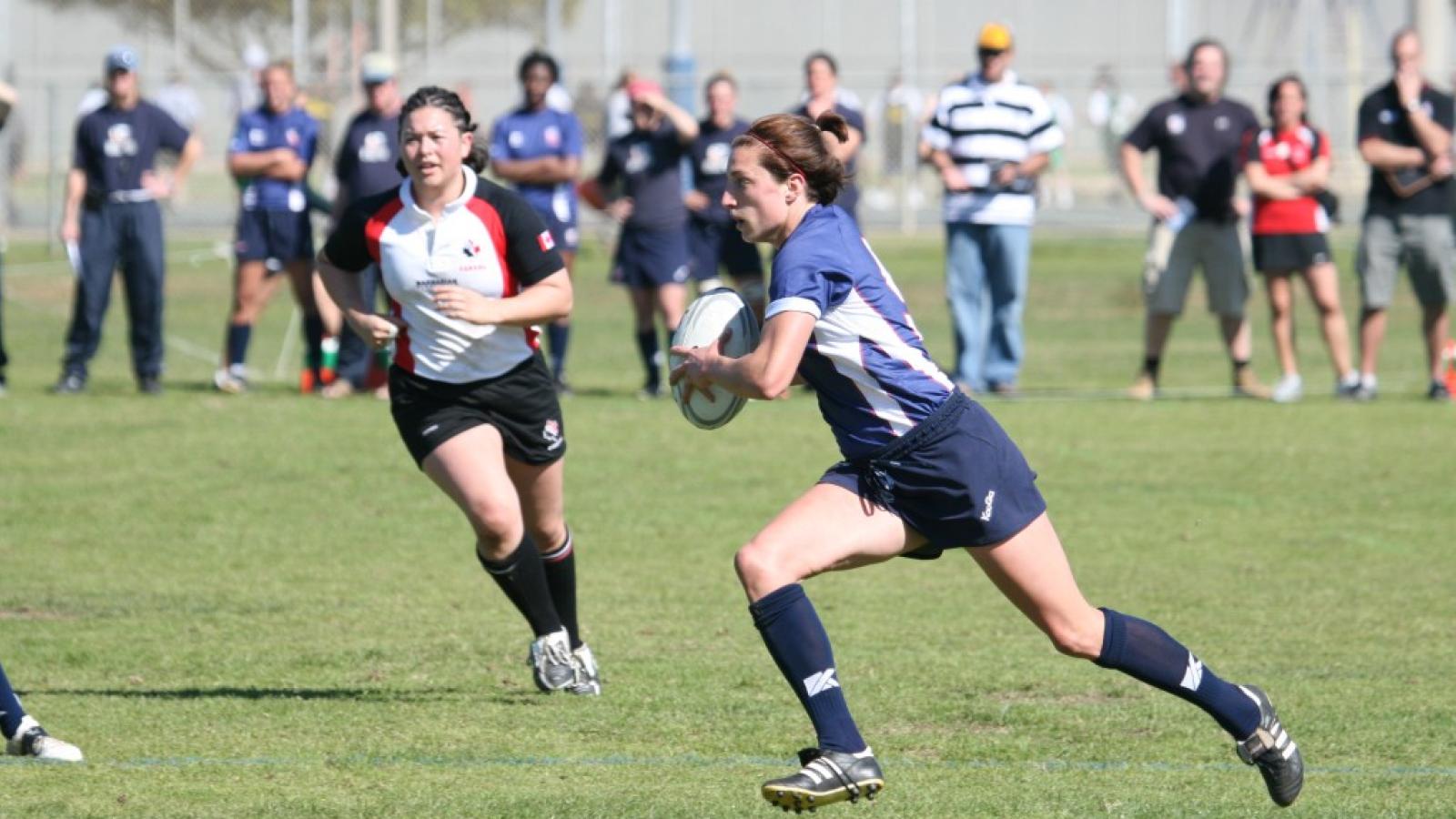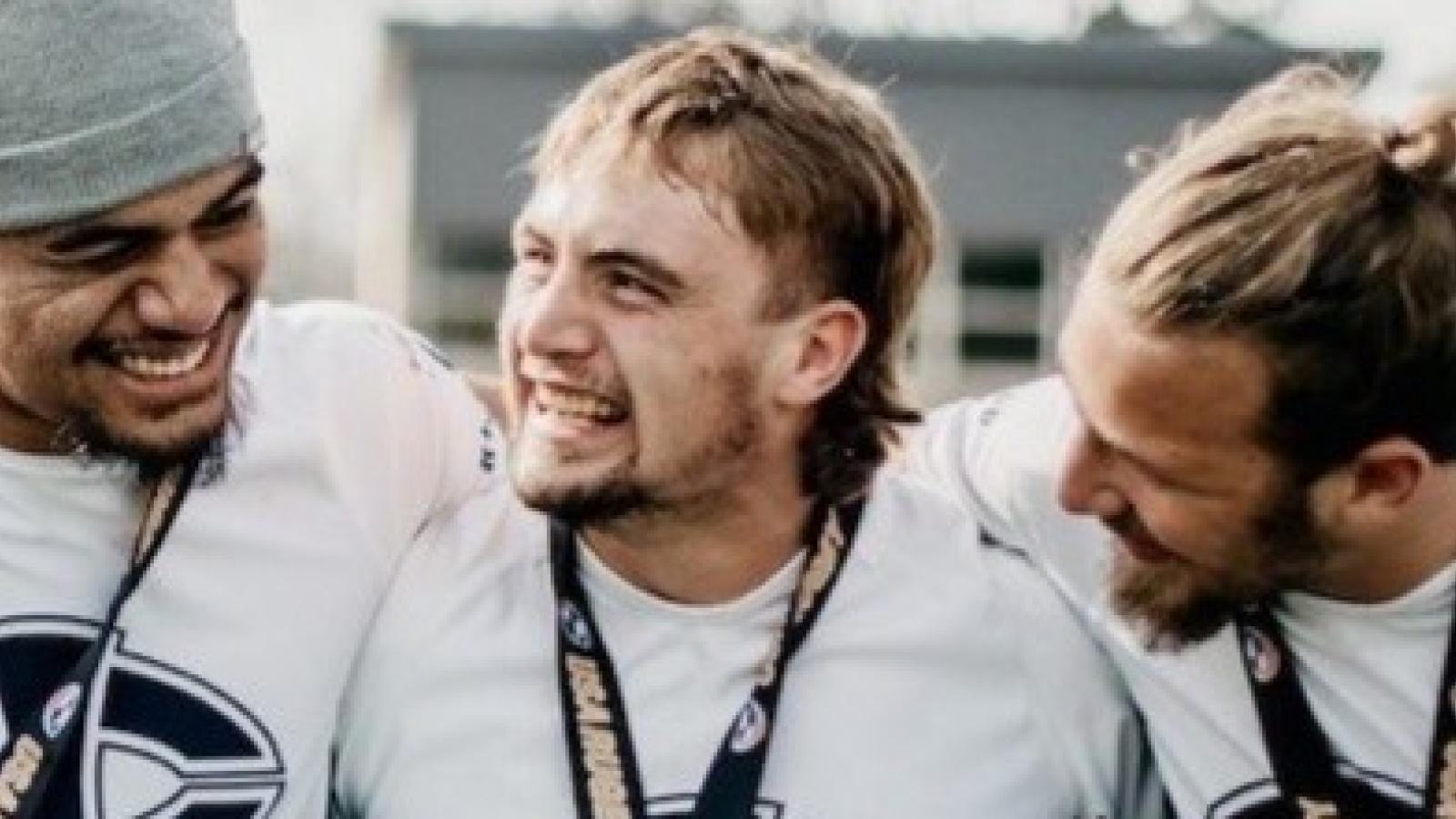So what did we learn at the Friendship Cup?
First, a caveat—we at GRR don't look down on rugby teams just trying to get a team on the field, a team that might be losing a lot of games. We see you, we respect you, we always honor the fact that you wish to take the field. So when we talk about high-level teams, it's not because we don't celebrate all rugby teams, it's just that high-level teams have needs, too. No one wants to lose 110-0, but no one wants to win by that score, either.
With that in mind ...
1. Target great teams and make it possible for great teams to play, and they will come. The fact that there were only seven teams in this event was a good thing (other than seven is a terrible number for a tournament). Keep the tournament tight and ensure the games will be competitive.
2. Everyone was astonished at Cavemen. And, yes, GRR was slow to show them rankings love too. But with the teams involved, the Utah team was a big surprise.
3. These were shortened games, and an opportunity for some teams to put everyone on the field. So while this gives you an idea of which teams are strong, it's not definitive. Take the results with a grain of salt.
4. Speed of play was a big part of success for these teams. This is a function, we think, of teams that have to play on football fields. More and more teams are able to play on turf fields that are lines for multiple sports, and thus are wider than football fields. But there are still too many games that have to be played on narrow fields. When you then play on a fully-wide field, you might realize you rely too much on power (which is important, of course) and not enough on how to exploit space on the edge. This is a long way toward saying the Cardinals, Cavemen, and Tigers have guys who can run and guys who can pass quickly and accurately to get those guys the ball.






